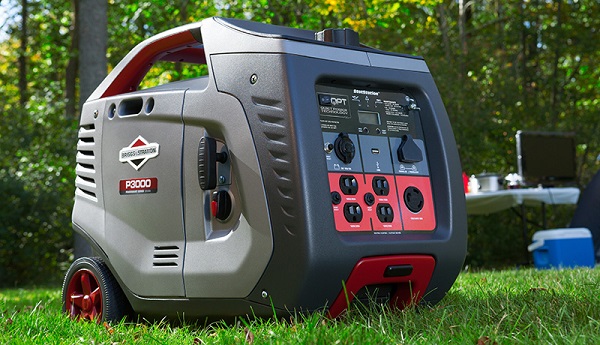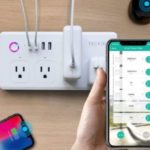With so many outages every time a storm blows through, more and more Australian homeowners are making the decision to buy a generator. When power goes out, a generator can run lighting, the fridge, and even a room air conditioner. But to be able to that, it is important to choose the right generator size.
One of the leading causes of dissatisfaction with a generator purchase is under capacity – this means not having enough power to do the job. And the worst time to learn that you don’t have enough power is when the generator you just bought doesn’t deliver the capacity you need for the task.
In order to choose the right generator, you need to think ahead and ask yourself a few key questions.

What kind of power you need?
A conventional generator could be a cost-effective solution if you are running lights or motor driven appliances. But if you need to power devices that use sophisticated micro processors, such as computer and cell phones, you’ll need to look for an inverter.
Inverter generators are considered a superior source of energy that provide steady electrical backup for particular appliances, electric instruments, and tools. The precision of inverter generator technology ensures its power is closer to ‘line power’, making it the most reliable device to provide the power you need.
How much power do you need?
To calculate your needs, you will need first to identify the power requirements of all the devices you plan to run. You can usually find the units running amperage power requirements on the identification plate or in the owner’s manual. If any of these is unavailable, you can use an appliance load tester which you can find in many hardware stores. Make a list of all the power requirements of all the devices you might want to run at the same time.
Many tools and appliances consume much more power when they are starting than when they are running. This is especially true with motorized tools where the starting amperage is way higher than the running average. Manufacturers almost never list the startup amperage for their products, and starting amperage is often what throws the circuit breaker.
Starting amperage takes up to three times the amount of the running power. To estimate starting average multiply the running average by three. Then multiply the amps times the volts to obtain the wattage. Add together the power requirement for each of the tools and appliances you expect to be running simultaneously. The total should give you a good idea of how much generator you need. Often times, the actual wattage varies from manufacturers’ published data, so adding an extra 10 percent on your total is a good rule of thumb.
Think of all the things you might want powered in times of power outage. Just like disaster planning, this kind of decision is best made ahead of time. Hopefully, this guideline has helped you understand more accurately the type and size of generator you really need so you can buy the right unit to meet your requirements.















